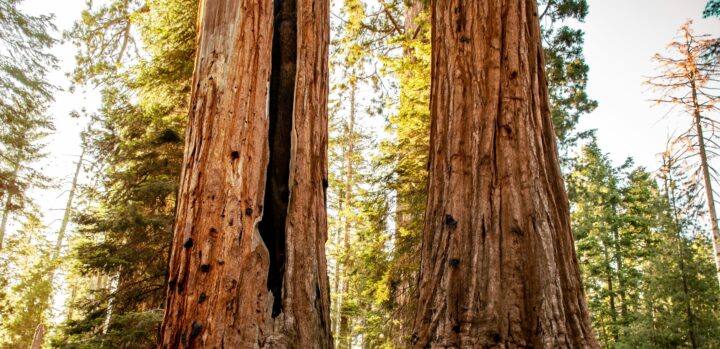Free-living ascomycetes growing in colonies can spread into the extremely hostile environments including deserts because they possess extracellular polymeric substances and other adaptations.
“Rock-inhabiting MCF [microcolonial fungi] endure sudden changes in the environment by rapidly adapting their metabolic activity, life style and survival structures to the new conditions. Ultrastructural peculiarities of these fungi suggest spore-like metabolism and protection (Fig. 6) although MCF do not propagate sexually (Gorbushina, 2003; Gorbushina et al., 2003). Relevant characteristics of poikilo-tolerant MCF include: (i) the capacity to survive long periods of suspended metabolism. In this way, they can remain as colonies made up of pseudo tissue-like microcolonies comprising 100–500 cells for several decades until conditions favourable to further growth return; (ii) the ability to re-organize internally by constantly replacing dying or dead cells with new buds (Gorbushina et al., 2003) and Fig. 6C; (iii) the ability to form filamentous hyphae that develop from clump-like colonies (Fig. 5E) to penetrate deep into rocks thus protecting themselves from environmental stresses. In this sense, the visible portion of melanized MCF is like the tip-of-the-iceberg, because the hyphae can rapidly penetrate several mm to cm into hard rocks in search of more protected environments and; (iv) the ability to create a multitude of varnish-like coatings, skins and shells that arise from the impregnation of the extracellular matrix and melanin layers with minerals (Dragovich, 1984; 1993; 1998; Gorbushina, 2003).” (Gorbushina 2007:1619-1620)





